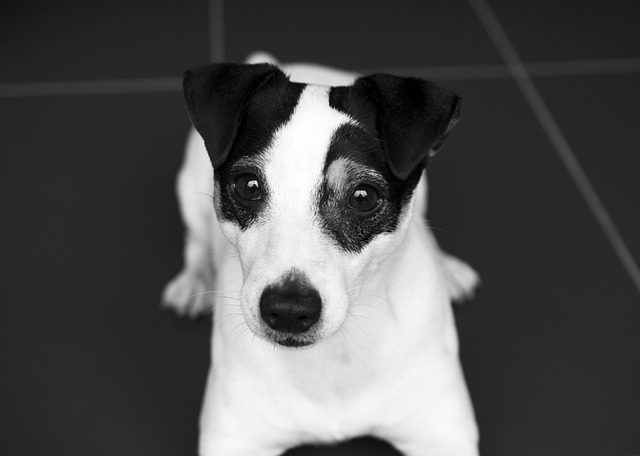
How do i train my dog to be obedient?
Watching your dog dart across the park ignoring your calls isn’t just frustrating—it can put them at risk near busy streets or public spaces.
Bringing a new puppy home is an exciting time, but the task of potty training can feel overwhelming. Don’t worry—with patience, consistency, and the right approach, you’ll have your furry friend toileting in the right place in no time.
First things first: set up a routine. Puppies have tiny bladders and need to relieve themselves frequently, especially after eating, sleeping, playing, or waking up from a nap. Aim to take your puppy outside every 1 - 2 hours initially, and increase the interval as they get older. Choose a specific spot in your yard or a nearby designated pet area, and always lead them there. This repetition helps them associate the location with going potty.
Positive reinforcement is key to successful potty training. When your puppy does their business in the right place, shower them with praise, treats, and belly rubs immediately. Dogs thrive on positive feedback, and this will encourage them to repeat the behavior. Avoid scolding or punishing accidents; it only creates fear and confusion, making the training process longer and more difficult.
In many neighborhoods, there are local ordinances regarding pet waste disposal. Always carry poop bags when taking your puppy for a walk and clean up after them promptly. Not only is it the responsible thing to do, but failing to do so can result in fines and a bad reputation for you and your pet in the community.
 If you live in an apartment or don’t have immediate access to a yard, consider using pee pads as a temporary solution. Place them in a quiet, consistent spot indoors. Gradually, you can start moving the pads closer to the door and eventually transition your puppy to going outside. Just be sure to remove the pads completely once they’ve mastered outdoor potty training to avoid confusion.
If you live in an apartment or don’t have immediate access to a yard, consider using pee pads as a temporary solution. Place them in a quiet, consistent spot indoors. Gradually, you can start moving the pads closer to the door and eventually transition your puppy to going outside. Just be sure to remove the pads completely once they’ve mastered outdoor potty training to avoid confusion.
Crate training can also be a useful tool. Puppies instinctively avoid soiling their sleeping area. Keep the crate size appropriate—big enough for your puppy to stand up, turn around, and lie down comfortably, but not so large that they can use one corner as a toilet. Take your puppy out of the crate regularly to relieve themselves, and praise them when they go potty outside.
Keep an eye on your puppy’s body language. Sniffing the ground, circling, or whining often indicates they need to go. React quickly when you notice these signs, and guide them to the appropriate spot. With time, you’ll become attuned to your puppy’s cues, making the training process smoother.
Remember, every puppy is different. Some may catch on quickly, while others might take a few weeks or even months to fully master potty training. Don’t get discouraged by setbacks; stay consistent with your routine and positive reinforcement. Before you know it, you’ll have a well - trained pup, and both you and your furry companion can enjoy a clean, stress - free home.

Watching your dog dart across the park ignoring your calls isn’t just frustrating—it can put them at risk near busy streets or public spaces.

New puppy owners often find themselves rushing to clean up accidents before they set in, and that’s where puppy pad training becomes a game-changer.

If you've noticed your dog's waistline disappearing and your veterinarian has mentioned those few extra pounds, your first instinct might be to simply reduce the amount of food in their bowl.

Training a dog to use a designated spot indoors isn’t as daunting as many new owners fear, but it does take consistency and an understanding of your pet’s needs.

That moment of dread on a walk is all too familiar for many new dog owners. You see another dog approaching down the sidewalk of your neighborhood

If the sight of another dog on your neighborhood walk makes your heart sink as your own dog erupts into a frenzy of barking and lunging, you're not alone.